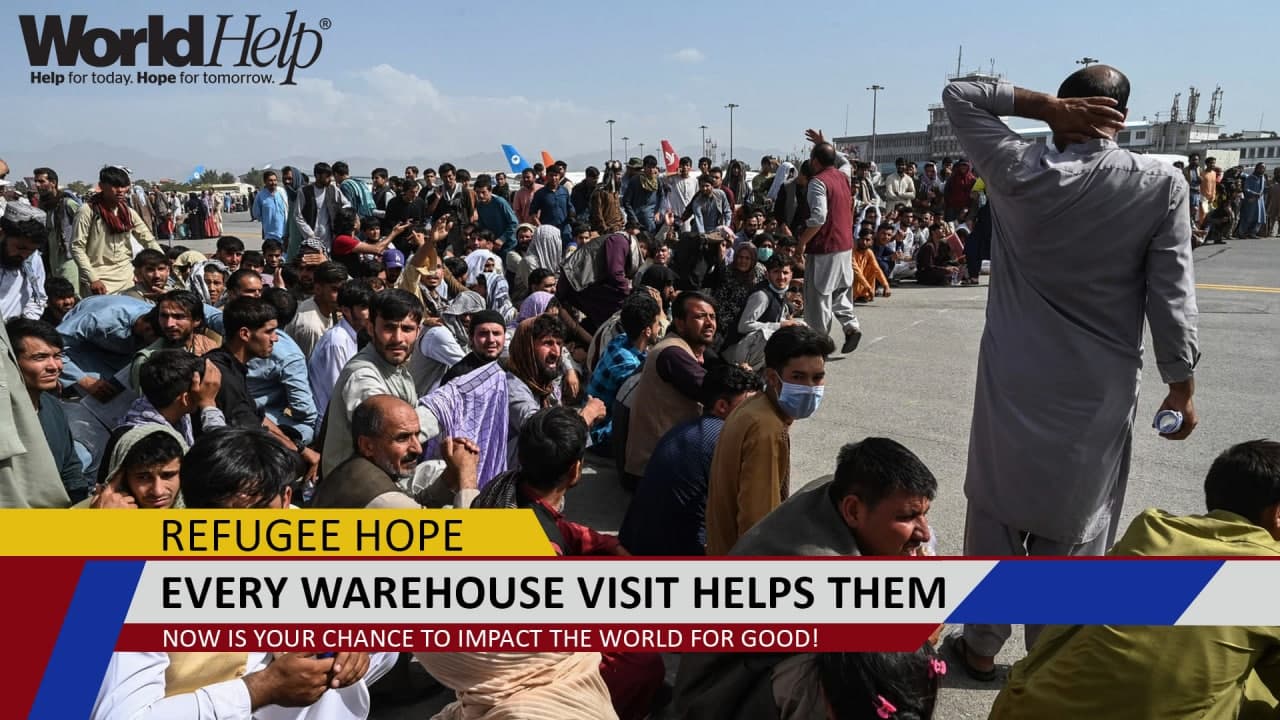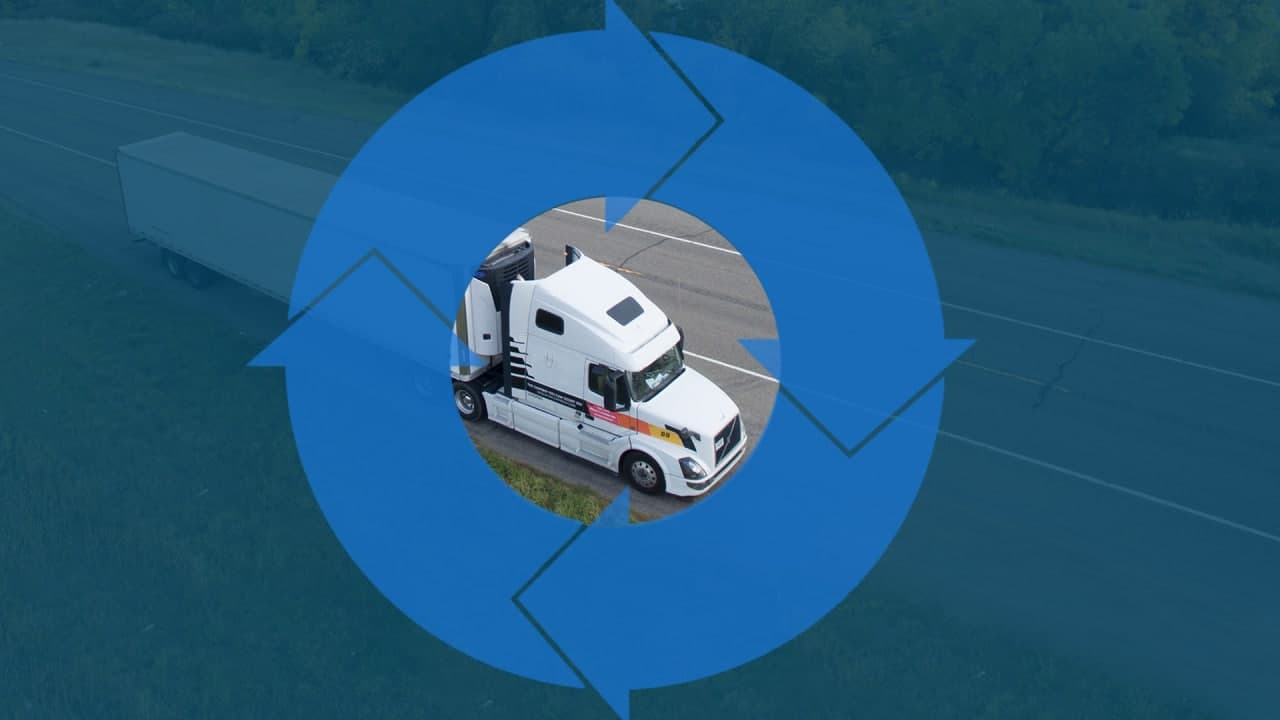

Reverse logistics in its most simple form is about shipping goods from the consumer back to the retailer. The Amazon culture that we live in today has made it so that e-commerce orders can easily be returned with zero hassle. That’s why nearly 40% of orders are returned, making reverse logistics a huge part of any supply chain.
Reverse logistics is when a product goes from the end user to a seller or manufacturer. This can happen for pieces to be refurbished or corrected and sent back, or the product(s) can simply be disposed of permanently. This requires a returns management process for all activities just like with outbound shipping.
This is where reverse supply chain management comes into play. It’s important to have strategies in place for outbound and inbound transportation beyond just manufacturing and the final sale. This can include warranties, repairs, value recovery, end-of-life recycling, replacement, reclamation, or any number of activities like this. Efficiency in this regard is just as important as the normal supply chain movement. Bottlenecks in reverse logistics can be equally as detrimental for a company and can easily be avoided.
There are some companies that will have a closed-loop supply chain. These are companies that generate zero waste because all products are reused, recycled, or composted. This is common with car batteries or other automotive products. Repair shops will receive a financial incentive to turn in used products like an alternator, which helps eliminate waste and the product can be recycled or used later after being refurbished.
The goal of reverse logistics is to recover value, increase revenue and reduce expenses. Separating the traditional supply chain from the reverse supply chain can help increase the efficiency of both. The manufacturer often wants the end user to ship products back to them. This requires transportation, a shipping label, and visibility throughout the process just like a normal supply chain. A valuable 3PL will be prepared to offer these services to a customer in order to streamline the reverse logistics process.
Here are some simple steps to follow in order to create the greatest efficiency within a reverse logistics system:
The reverse logistics process depends completely on the industry. Retailers may put entire pallets together and ship items to a liquidator. E-Commerce retailers often receive returned goods at a different facility with a cross dock for restocking or liquidation. Some manufacturers may receive returns for refurbishment to sell later.
The three aspects of reverse logistics are Return Policy and Procedure (RPP), Remanufacturing or Refurbishment (ROR) and Waste Disposal (WAD). If these processes are well maintained, it can greatly increase customer loyalty. Costs associated with administration, transportation, and unloading/reloading, can greatly be reduced and the amount of time can be reduced as well. There are also other facets to be delt with like packaging management, unsold goods, end of life items, delivery failure, rentals & leasing, and repairs/maintenance.
In any case, there is a lot of value in a company or a 3PL having connections with warehouses so they can increase productivity with the reverse logistics processes. With the rate of e-commerce spiking, there has been an increased interest in seeing how well transportation companies and retailers alike can perform when it comes to this subject. Especially when a worldwide pandemic is still looming, returns are an entirely different ballgame than the traditional supply chain. Make sure you’ve got a good system in place.